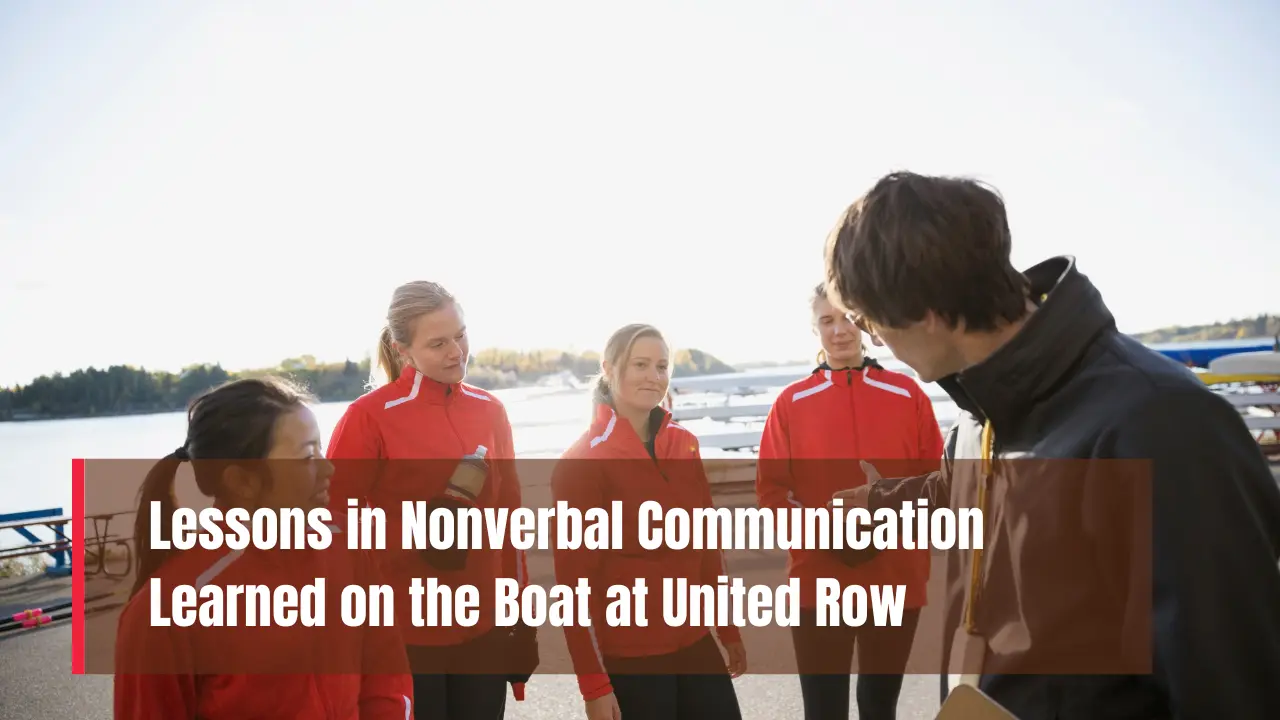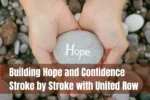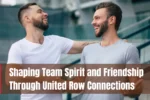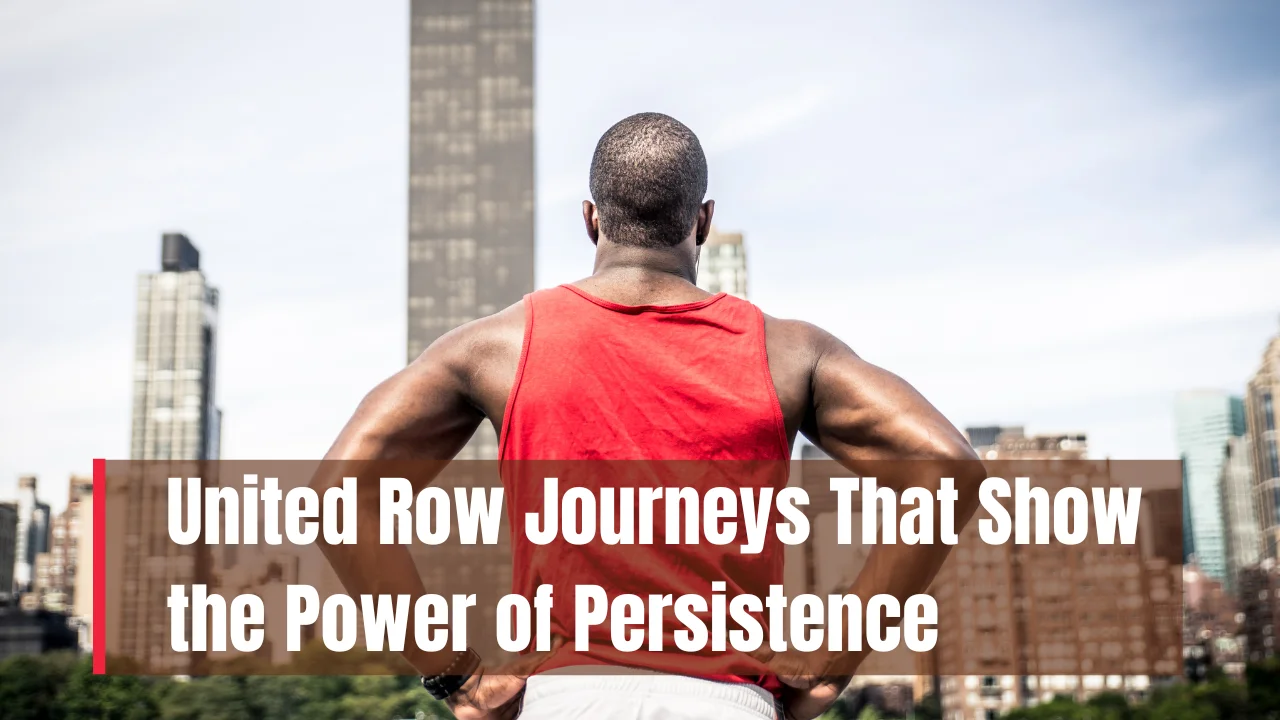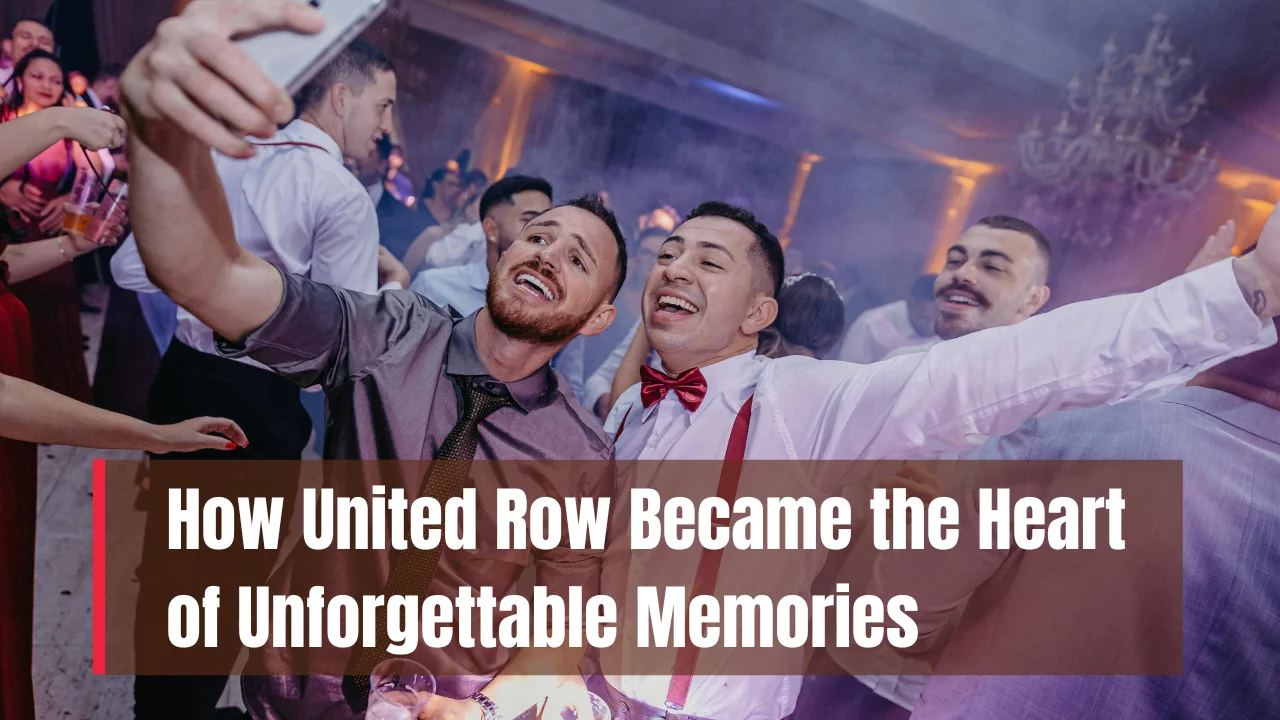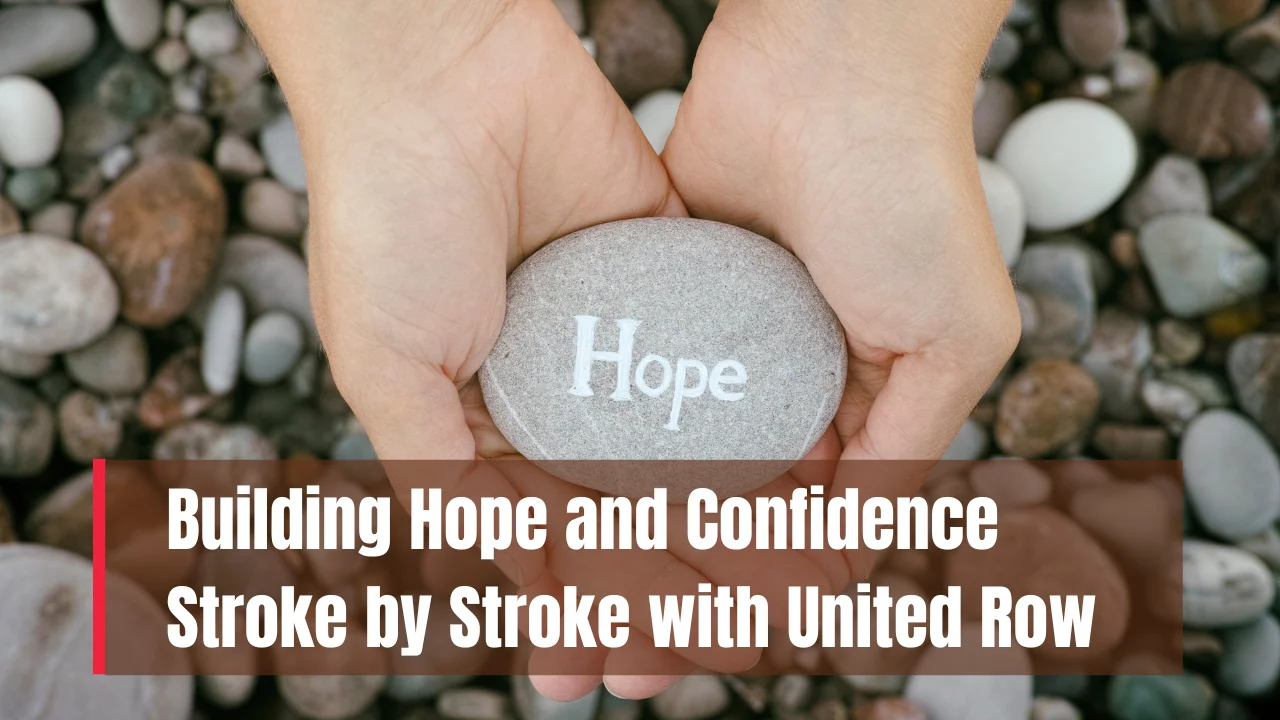Nonverbal Communication in Rowing: Nonverbal communication becomes a vital part of life when words are either unavailable or ineffective. Nowhere is this more apparent than on the boat at United Row, where teams must act in perfect harmony without the luxury of verbal direction. The water demands precision, and precision demands an unspoken understanding. When oars hit the water in sync, it’s not just athleticism at play—it’s communication in its purest, most instinctive form.
In this article, you’ll explore how time on the boat at United Row teaches powerful, real-world lessons in teamwork, leadership, empathy, and trust—all rooted in silent signals and intuitive reactions. This piece will highlight how nonverbal communication plays an essential role in rowing success and how those lessons apply well beyond the water, into personal and professional life.
Nonverbal Communication in Rowing: The Silent Language of Champions
In rowing, success depends not on what is said, but on what is sensed. Nonverbal communication becomes the invisible thread that connects each rower to the others. Every stroke, every breath, every shift in body posture tells a story. Without speaking, rowers develop a deep understanding of timing, rhythm, and unity. This form of connection not only boosts performance on the boat but also strengthens human connection and mutual trust. It teaches rowers to read signals with precision and respond instantly, a skill that proves invaluable across all aspects of life.
Overview Table: A Glimpse into Nonverbal Communication on the Boat
| Key Element | Description |
| Eye Contact | Establishes quick understanding and confirms readiness |
| Body Posture | Indicates balance, strength, and timing during strokes |
| Breathing Rhythm | Helps in syncing physical movements without speaking |
| Silent Trust | Built over time by actions, not words |
| Leadership Presence | Demonstrated through confident and consistent motion |
| Response to Water Conditions | Managed without speech, based on team intuition |
| Emotional Awareness | Sensed through tension or calm in teammates’ faces |
| Transferable Life Skills | Improves empathy, teamwork, and observation in daily life |
Why Nonverbal Communication Matters in Rowing
In the fast-paced world of rowing, even a second’s hesitation can disrupt the whole crew. Verbal cues are impractical during races or intense training sessions, where noise levels and focus make speaking nearly impossible. Instead, teams depend on physical cues like the timing of strokes, shared breathing rhythms, and postural alignment.
Nonverbal communication here is not optional—it’s the foundation. Athletes learn to pay close attention to subtle shifts and adjust instantly. They develop a shared language that is built from trust, repetition, and instinct. For many rowers, this nonverbal skill becomes second nature, continuing to influence how they connect with others beyond the sport.
Eye Contact Builds Connection
In a boat slicing through the water, there’s little time for conversation, but one quick look can say everything. Eye contact becomes a fast and effective way to share confidence, signal readiness, or even offer support when the race gets tough.
Through nonverbal communication, a glance can say “stay with me,” or “we’ve got this.” These micro-interactions help form a tight emotional connection between team members. In situations where words might feel too slow or clumsy, eye contact keeps the team locked into a shared moment of focus and determination.
Body Movement as a Language
Each movement on the boat holds meaning. When a rower shifts weight, leans back, or adjusts grip, they are communicating. The boat reacts instantly, and so do the teammates. These adjustments act as cues—whether to slow down, push harder, or realign the rhythm.
This is where nonverbal communication becomes physical intelligence. Rowers don’t need explanations; they react to the flow, timing, and energy of the team. The ability to “listen” with the body and “speak” through movement enhances the team’s unity and builds a deeper sense of awareness.
Trust is Built Without Words
On the boat, you have no choice but to trust your crew. There’s no room for second-guessing, and no time for lengthy conversations. Every action—every pull, every breath—is a promise to your team that you’re giving it your all.
Nonverbal communication fosters this quiet trust. When a teammate maintains rhythm, you follow because you trust their steadiness. When the boat hits choppy waters and no one flinches, that calm becomes contagious. Over time, this trust isn’t spoken—it’s proven again and again through action.
Silent Leadership on the Boat
Not all leadership is loud. In rowing, leadership often shows through rhythm, posture, and presence. The coxswain may guide, but leadership is distributed across the boat. The strongest rowers lead by example. Their consistency sets the tone, and their energy helps stabilize the crew.
This is a form of nonverbal communication that teaches how influence can be exerted without ever speaking. It’s a lesson in quiet strength and how showing up consistently builds credibility and respect among peers—on or off the water.
List of Key Nonverbal Cues Learned on the Boat
- Eye Contact: Used to share focus and emotional support
- Posture and Core Stability: Reveals fatigue, commitment, and alignment
- Stroke Timing: Communicates rhythm and power level
- Muscle Tension: Indicates readiness or the need for adjustment
- Recovery Movements: Shows discipline and mental reset in real time
These cues create a silent feedback loop that keeps the boat in sync, teaches discipline, and builds mental focus.
How Nonverbal Communication Builds Mental Strength
Rowing is a test of both physical and mental toughness. The mental side often depends on reading and managing emotional energy without words. Rowers become tuned in to their team’s morale and state of mind through subtle shifts in energy and body language.
Practicing nonverbal communication in this setting builds emotional awareness and mental flexibility. When tension builds in the boat, a small gesture can help shift the vibe. A steady rower can serve as the emotional anchor, calming the crew and keeping them focused.
From Boat to Real Life: Using These Lessons Daily
What happens in the boat doesn’t stay there. The lessons in nonverbal communication transfer beautifully into everyday life. In group projects, business meetings, or even social settings, the ability to read body language and respond appropriately can make you a more effective communicator.
Whether it’s sensing when someone is uncomfortable, picking the right moment to offer support, or simply showing confidence through presence, the boat teaches lifelong social intelligence. It sharpens awareness and fosters relationships rooted in mutual respect, patience, and understanding.
Final Thoughts: The Power of Silent Connection
The boat at United Row is more than a place to row—it’s a classroom for mastering the art of silent connection. Here, rowers learn that the strongest messages often come without words. Nonverbal communication becomes a tool for unity, strength, and emotional awareness. These lessons build better teammates, better leaders, and better human beings.
In a world full of noise, there is something profoundly human about the ability to understand each other without speaking. The boat teaches this every day—through sweat, trust, rhythm, and silence.
If you’ve ever been part of a team, a family, or a relationship where words weren’t enough, you’ve already touched the same truth. Now imagine building that skill with intention.
Share your own story of silent connection or visit more content that explores emotional intelligence and team dynamics.
FAQs
1. What makes nonverbal communication so important in rowing?
It allows rowers to stay in sync and respond quickly without speaking, essential in high-speed or high-focus situations.
2. How do rowers communicate during races?
They rely on eye contact, body movement, and timing cues to coordinate actions and support each other silently.
3. Can nonverbal communication help in everyday life?
Yes, it improves how you understand people’s feelings and reactions, especially in teams or relationships.
4. How do you learn nonverbal communication in rowing?
Through practice, observation, and experience—it’s learned by doing and being present with your team.
5. What’s the biggest benefit of mastering nonverbal cues?
Stronger trust, better teamwork, and an improved ability to lead and respond in both sports and life situations.
